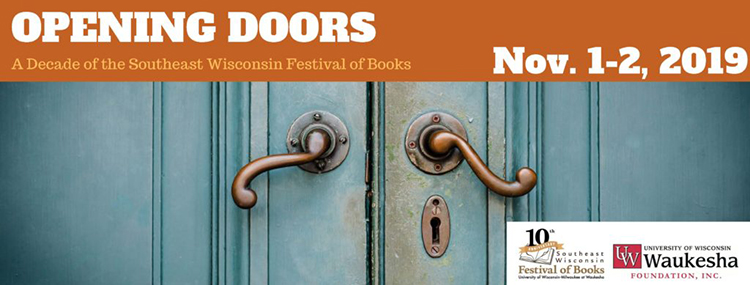In many U.S. cities, the writing is on the walls – graffiti vandalism, that is, creating expensive eyesores that are difficult to prevent and damaging to an area’s image.
A U.S. Justice Department study found that graffiti discourages people from using mass transit, makes business districts less attractive to shoppers and increases fear of gangs among residents. Law enforcement and community officials talk about how graffiti – usually spray-painted or applied with indelible markers – is costly in terms of removal, lowered property values and lost business.
While removing graffiti from buildings, bridges, overpasses and sidewalks drains millions of taxpayer dollars, graffiti vandalism also creates challenges for those trying to track and convict the vandals.
“Graffiti is one of the most visible signs of general decline in an area, and cities are fed up with it,” says Timothy Kephart, founder of Graffiti Tracker (www.graffititracker.com), a web-based system designed to help identify and prosecute graffiti vandals. “Cities across the nation recognize how graffiti vandals continue to hurt their image and their tax base, so they’re finding different ways to fight back more effectively.
“There are lots of reasons we have to do a better job of cleaning this up.”
Kephart says there are at least five ways graffiti vandalism can hurt your community:
Removal is expensive. Los Angeles has estimated it spends $7 million annually on graffiti cleanup. Chicago has spent $6 million per year and Las Vegas spends $3 million annually. “Painting over the graffiti is the most common removal process, but spending millions a year to simply do just that is a waste,” Kephart says. “You need to spend time documenting graffiti to have the best chance of catching the criminal.”
It drives away business. Many people associate graffiti with a general decline in the area, indicative of crime and gangs. “Merchants lose business because customers feel the area is no longer safe,” Kephart says.
It erodes The Community. The negative perception of graffiti vandalism can send property values plummeting. “It indicates the community is losing control, and the graffiti, like the crime, can spread like a disease. It results in urban flight,” Kephart says.
It is toxic for the environment. Aerosol sprays used for graffiti emit VOCs (volatile organic compounds) that contribute to ozone levels, according to scientificamerican.com. Also, the cleaning substances used to get paint off the walls are harmful.
It is a gateway to youth crime. Gangs often use graffiti as a form of communication, or for territory “tagging.” Most graffiti is done by youths who are either being initiated into gang activity or see their environment as a starting point for crime. “Often, graffiti is a gateway crime for juvenile offenders,” Kephart says. “If we can identify them at an early age, there’s a stronger possibility they can be re-directed onto a more productive path.”
“Imagine how many cities we could beautify,” Kephart says, “ if we could clean up this graffiti, prevent most of it, and have a way to find the criminals and make them pay the city back.”




